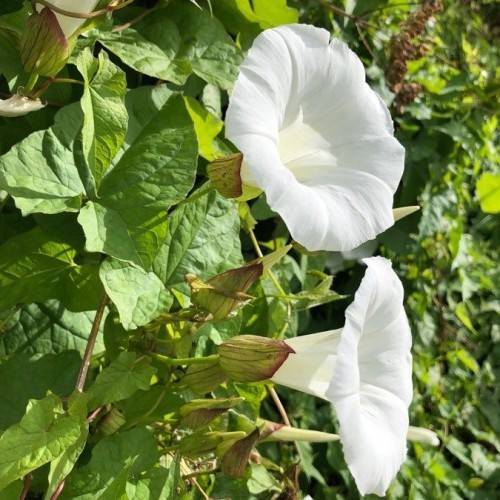
Shortstalk False Bindweed
Calystegia silvatica subsp. fraterniflora
Watering:
Frequent
Hardiness Zone:
Sun:
full sun,part shade
Fruits:
Fruits Ready In Fall
Leaf:
Yes
Growth Rate:
Low
Invasive:
Yes
Care Level:
Medium
watering
Water your Short-Stalked False Bindweed frequently. This species of plant prefers evenly moist soil, so you should water it several times a week. If the soil starts to feel dry start watering it every other day. During hot, dry weather, you should water it every day. As with most plants, it is better to water your False Bindweed deeply and less often, rather than shallow and more often. If you can, water it in the early morning so that the leaves have plenty of time to dry out before the evening.
sunlight
Short-Stalked False Bindweed thrives best in full sunlight, although it can tolerate partial shade. This species prefers temperatures between 40 and 75°F and will require at least 6 hours of direct sunlight per day during its active growing period in the spring and summer. In the fall and winter, when the plant is dormant, it can tolerate receiving only 2-3 hours of direct sunlight.
pruning
Short-Stalked False Bindweed should be pruned twice a year to keep it from taking over gardens and landscaped areas. The best times to prune it are in late spring, just after it has finished flowering, and in late summer after the first frost. Prune back the branches to the ground leaving about 2 inches of space between the pruned branches and the ground. Prune any shoots that have grown since the last pruning session. To reduce the spread of the plant, cut off the top of the flowering stems after the flowering season is over and remove the fruits. Also, when pruning, look for long lateral branches and remove these as well.
